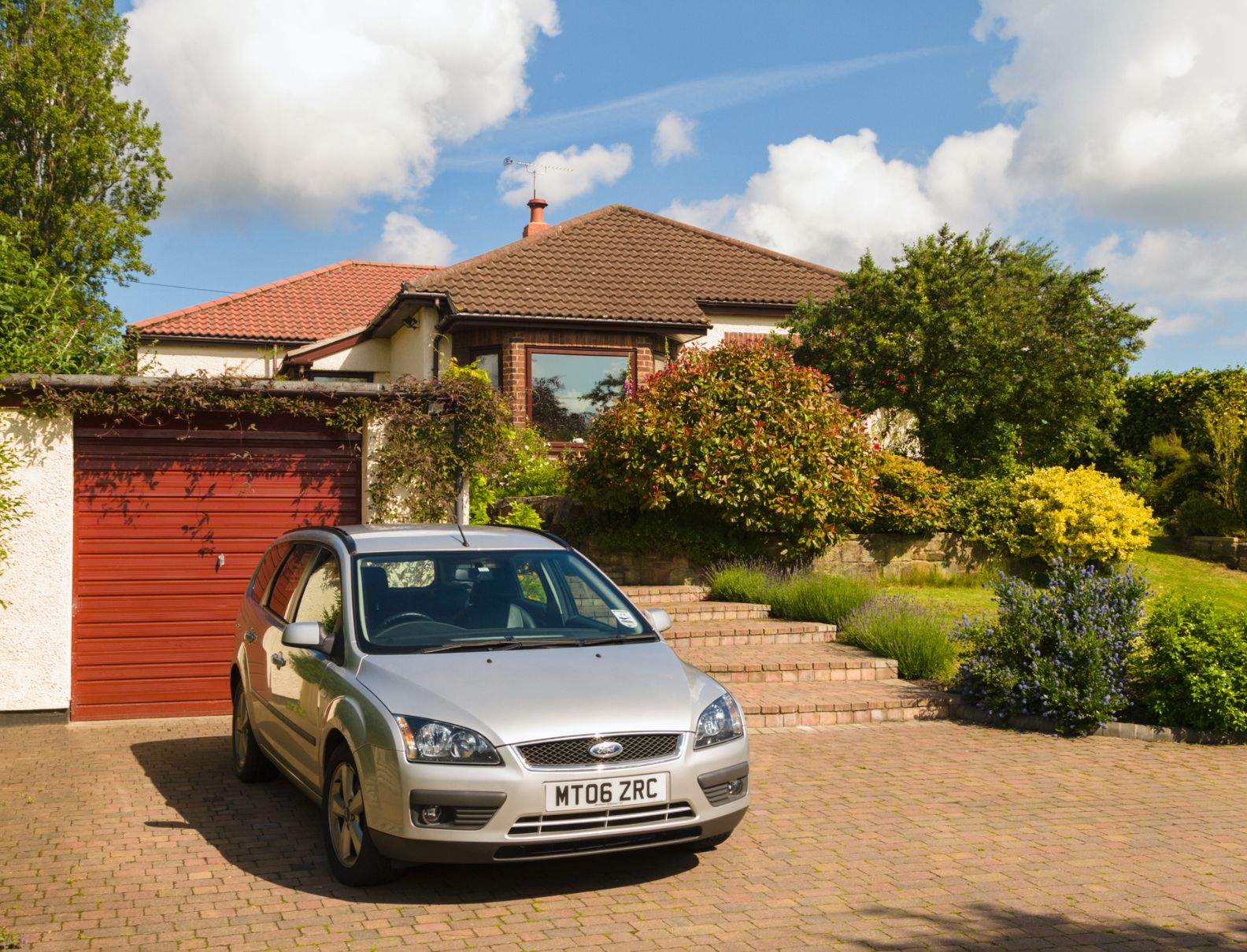7 Factors to consider while calculating your car insurance premium
- Author :
- TATA AIG Team
- ●
- Last Updated On :
- 01/08/2024
When choosing a car insurance plan for your four-wheeler, you are bound to look at different policies and pick one that seems the most cost-effective. But do you know what factors determine the premiums for auto insurance?
Factors Affects Car Insurance Premium
A car insurance plan is usually decided based on several factors. Make sure you understand what these are so that you can negotiate a good deal with an insurer of your choice.
How is insurance premium calculated?
The premium in an insurance plan is the money you pay to the insurer in return for protection and coverage of your vehicle from any financial liability you might incur in case of an accident. It is calculated keeping the Insured Declared Value (IDV) or the current value of your car in mind. However, the monetary value of your car is not the only thing that insurance companies look at. Read on to familiarise yourself with factors determining the car insurance premiums.
1. Make, model, and the variant of the car
Every car model is built differently, and the model is an important determinant while calculating premiums for car insurance. The make, model, and variant of a vehicle is a determining factor in how much you are liable to pay as insurance premium. The engine capacity, top speed, etc. also impact how a car performs and how likely it is to break down. The make of the car (sedan, hatchback, SUV) can also be crucial as every shape may react differently to a collision or suffer different kinds of damage in an accident. This means that most car models have different prices for different variants, which means that the IDV for all the models could be different, impacting the premium value.
2. Add-ons in the policy
Motor insurance plans offer various riders, such as roadside assistance, key loss cover, engine damage cover, medical cover, passenger cover, and more. The more add-ons you purchase, the more expensive your premium will be. But the vital thing to remember is that these riders involve only a nominal additional fee over the insurance premium and should not be seen as an unnecessary expense, but as a necessary investment. They provide many benefits over the long term and should be added to your plan as per your requirements.
3. No-claim bonus
No claim bonus (NCB) is a discount that an insurer provides you with if you have made no claims in that particular year. Over time, this can accumulate and reduce your annual premium by up to 50%. So, it is advisable to take note of this and bring it to the attention of your insurer when you are renewing or transferring your policy. Make sure you avoid making small claims that could prevent you from getting the NCB at the end of the year unless specifically covered in the policy.
4. Your current location
People living in metro cities are likely to face more damages due to increased traffic, busy roads, etc. The cost of living in an urban area is also higher than in rural areas. This means that car models will be more expensive in urban areas and the cost of repair could also be greater, impacting your premium.
5. Aftermarket modifications and upgrades
As appealing as car modifications may seem, they can actually increase your car’s insurance premium. Certain upgrades like a turbocharged engine or oversized wheels can affect the vehicle’s handling and lead to accidents. An expensive paint job or leather seats eventually suffer from wear and tear. So, a modified car will be more expensive to insure than one that is in stock condition.
6. Anti-theft devices
Anti-theft devices certified by the Automotive Research Association of India (ARAI) can lower your insurance premium. If you have a verified anti-theft device installed in your car, it reduces the chances of theft. Even if your car is stolen, it would be much easier to track it with the tool. Therefore, the premium for such a car would be lower.
7. Age of the vehicle
The age of your vehicle has a huge bearing on how much premium you pay for it. A car’s value depreciates over time, and so does its insurance premium since it is directly proportional to the price or IDV of your car. A new car will have a higher IDV and therefore a higher premium.
Knowing what factors determine the premiums for auto insurance can help you buy a plan that covers all you need at a price that is suitable for you. It also ensures that you get coverage for what your car is worth. Some factors - such as not modifying your car to save some money on insurance - can be helpful in the long run. So, make sure you #ThinkAhead and do everything possible to buy a comprehensive car insurance plan that’s within your budget.
Disclaimer / TnC
Your policy is subjected to terms and conditions & inclusions and exclusions mentioned in your policy wording. Please go through the documents carefully.



